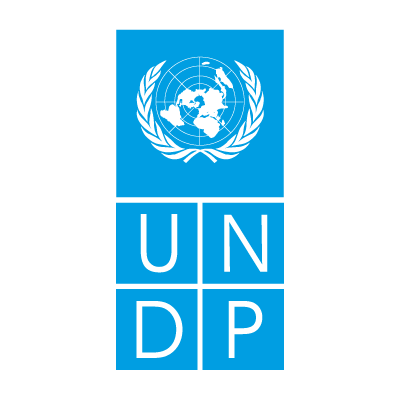
KNOWLEDGE
HUB
Case Study
Rwanda Dairy Competitiveness and Efficiency
Rwanda is the most densely populated country in Africa. Its agricultural sector employs about 70% of the country’s workforce and constitutes around 35% of the gross domestic product. Small-scale, subsistence-oriented family farming dominates the agricultural sector, with an estimated 60% of farmers rearing livestock. Emissions from livestock rearing, due to enteric fermentation and manure management, account for an estimated 70% of the country’s agricultural GHG emissions. One of Rwanda’s key actions under its INDC is to reduce agricultural GHG emissions from livestock rearing. Noted below are actions and good practices, detailed in the case study, implemented through the Rwanda Dairy Competitiveness Program II.
- Collaboration with international organizations supported analysis of the project’s impacts on GHG emissions and carbon sequestration.
- Detailed analysis enabled identification of the most important livestock practices for reducing GHG emissions, which included improving food quality, breeding practices, herd size management, and herd weight management.
- Investing in training and coordination for service providers (veterinary and breeding services), upstream businesses (livestock feed), and downstream processes (machinery for cooling, transport, and processing) supported improved efficiency and reductions in GHG emissions.
- Funding assistance for expanding to high-quality cooling and milk-processing facilities encouraged better relationships between producers and processors, and it optimized transfer points along the dairy value chain.
- Value-chain modernization created market-based incentives for high-quality dairy products, resulting in a return on investments.



